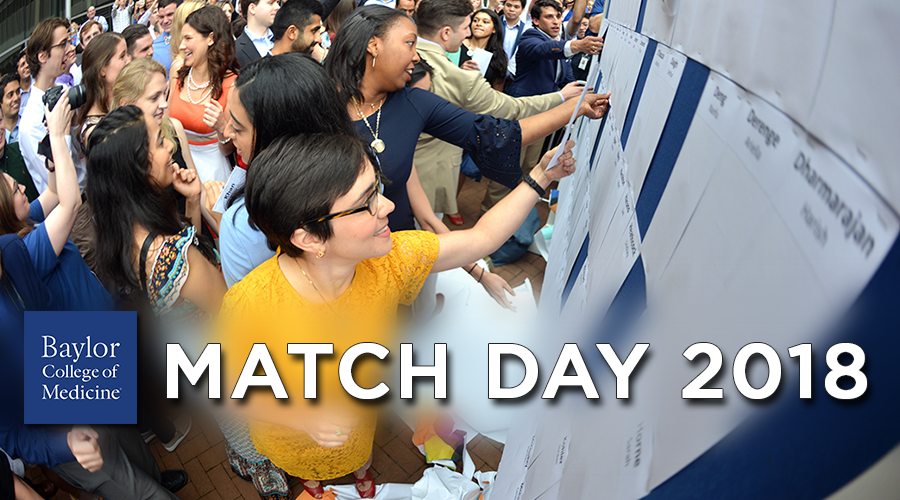The intersection of big data and genomics
 If there was a word of the year for research at Baylor College of Medicine, it would probably end with the suffix “ome,” and it would be characterized as much by the volume of information it generates as by any one finding.
If there was a word of the year for research at Baylor College of Medicine, it would probably end with the suffix “ome,” and it would be characterized as much by the volume of information it generates as by any one finding.
The National Institutes of Health just named its first associate director for data science, but the intersection of big data and genomics has been an ongoing theme at Baylor College of Medicine since the beginning of the international human genome sequencing project in the late 1990s. This past year at Baylor, researchers showed how that intersection is beginning to provide some answers to patients.
In a report in the New England Journal of Medicine, Dr. Christine Eng and her colleagues showed that for a percentage of patients, whole exome sequencing (the gene sequence of the protein coding portion of the genome) can pinpoint the gene mutation that is at the source of a disease, halting the genetic odyssey for patients and parents seeking a diagnosis.
“This is the first time that whole exome sequencing, which had been research, has been translated to a clinical diagnostic setting,” said Eng, professor of molecular & human genetics at BCM and director of the DNA Diagnostic Laboratory of the Baylor College of Medicine Medical Genetics Laboratories.
In another study that appeared in the Proceedings of the National Academy of Sciences, Dr. C. Thomas Caskey, professor of molecular and human genetics at Baylor, described incidental genetic findings among a group that had volunteered to serve as “controls” in genetic studies. They found that the control subjects, when given the information, were not alarmed and actually acted on the information, changing lifestyle and consulting their physicians.
On a smaller scale, whole exome sequencing led to the identification of a gene associated with deafness, a project led by Dr. Suzanne Leal, professor of molecular and human genetics at BCM, who has also been instrumental in fine-tuning the statistical techniques used in understanding and analyzing big data generated through next generation sequencing.
The Computational and Integrative Biomedical Research Center serves as a center for such studies, which are complicated by the complexity of high throughput biological datasets. The goal of the center is to help bridge the translational gap from data to models, and from models to drug discovery and personalized therapy by fostering collaborations and developing original quantitative approaches to biological and clinical problems.
A combination of sequencing techniques and computer expertise enabled Drs. Kjersti Aagaard and Morey Haymond and colleagues to better understand how novel microRNAs in breast milk might help infants adjust to a high fat diet in their mothers.
Dr. Lynn Zechiedrich, professor of molecular virology and microbiology, and her colleagues fine-tuned genomic analysis techniques to improve understanding of the genotypes of antibiotic resistant bacteria.
Read more about research at Baylor College of Medicine in our monthly newsletter From the Labs.




Pingback: In case you missed it: Breast cancer symposium recap, year in review and more | Momentum - The Baylor College of Medicine Blog
Pingback: Research, awards and more: Looking back at 2013 | Momentum - The Baylor College of Medicine Blog
Pingback: In case you missed it: Ghost hearts, drug-resistant antibiotics and more | Momentum - The Baylor College of Medicine Blog
Pingback: Looking back: 2013 in research, awards and more | Momentum - The Baylor College of Medicine Blog